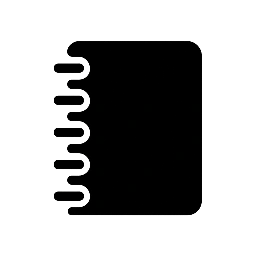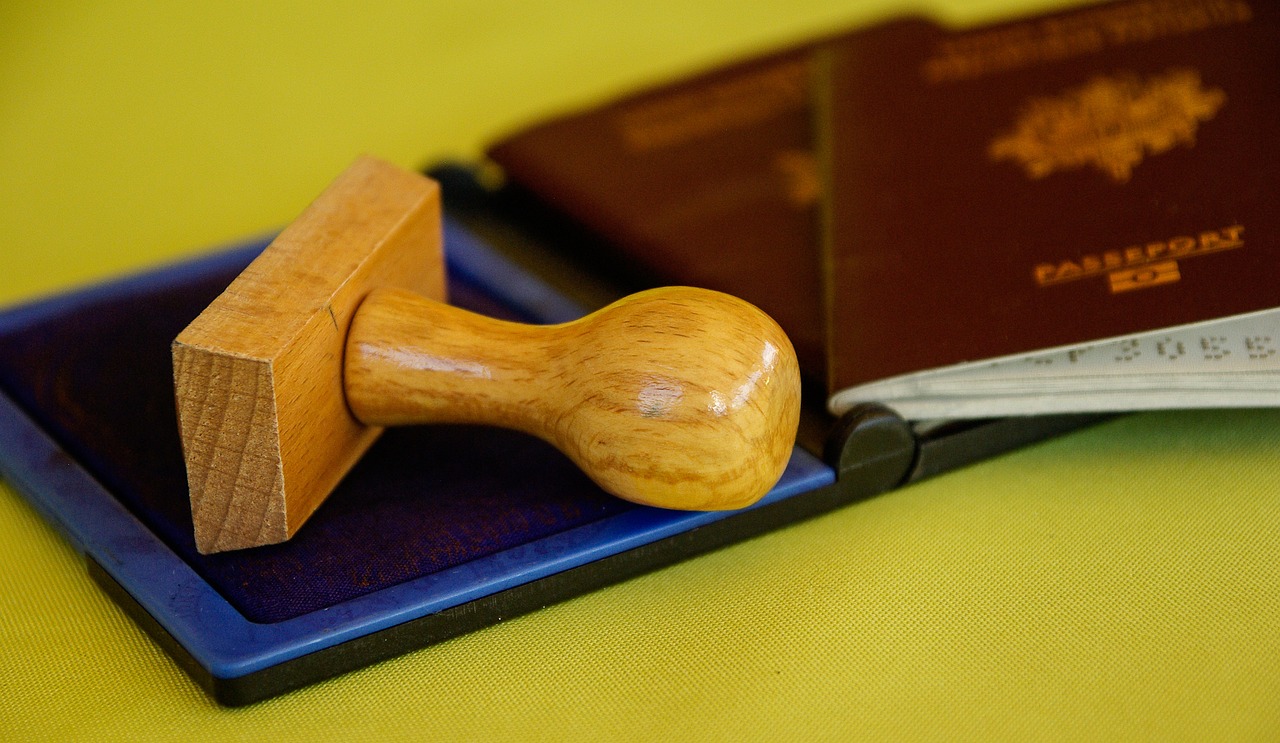Customs clearance is the process that allows goods to move legally across international borders. It involves submitting documentation, paying duties, and ensuring compliance with regulations.
This step is essential to avoid delays, fines, and seizures when importing or exporting products. Understanding customs clearance helps businesses streamline shipping and reduce unexpected costs.
Many factors can affect the process, including the type of goods, country-specific rules, and required permits. Knowing these details can save time and improve supply chain efficiency.
Understanding Customs Clearance
Customs clearance involves managing and processing goods through government regulations when crossing international borders. It requires adherence to specific rules, correct paperwork, and proper handling of fees and inspections.
Definition and Importance
Customs clearance is the official process of declaring goods to customs authorities to move them legally across borders. It ensures compliance with trade laws, collects tariffs and taxes, and protects against the import or export of prohibited items.
Proper clearance prevents delays, fines, or seizure of goods. It facilitates smooth trade by verifying the origin, value, and classification of shipments. Businesses rely on timely customs clearance to maintain supply chain efficiency and manage costs.
Key Documentation Required
Accurate documentation is essential for customs clearance. Core paperwork includes:
- Commercial Invoice: Describes goods, values, and buyer-seller details.
- Packing List: Details shipment contents and packaging.
- Bill of Lading or Airway Bill: Proof of transportation contract.
- Import/Export Licenses: Required for restricted goods.
- Certificate of Origin: Shows product origin for tariff purposes.
Additional documents may include insurance certificates or inspection reports. Proper preparation avoids rejection or delays from customs authorities.
Import and Export Procedures
Import and export processes vary by country but share basic steps. Goods are first declared via a customs entry, usually through an electronic filing system. Customs reviews the documentation and may inspect the shipment.
Duties and taxes are calculated based on classification and declared value. Once payment is confirmed and all regulations met, customs releases the goods.
For exports, clearance confirms compliance with destination country rules. Both importers and exporters must be aware of permitted goods, tariff codes, and deadlines to prevent penalties or detention.
Customs Compliance and Challenges
Customs clearance requires strict adherence to various regulations and accurate documentation. Managing these rules efficiently is crucial to avoid delays and penalties. Specialized expertise and technological tools often play a significant role in overcoming these challenges.
Common Regulatory Issues
Importers and exporters frequently face issues like incorrect tariff classification, undervaluation, and incomplete documentation. These errors can lead to fines, shipment holds, or seizure of goods.
Compliance with trade agreements and country-specific regulations also complicates the process. For example, varying rules on restricted items or different duty rates require careful attention. Regular updates to customs laws mean companies must constantly monitor changes.
Non-compliance often results from misunderstandings of detailed customs procedures. Training and precise record-keeping help reduce mistakes and improve clearance times.
Role of Customs Brokers
Customs brokers serve as intermediaries between importers or exporters and customs authorities. They ensure all paperwork is accurate, tariffs are properly calculated, and regulatory requirements are met.
Their expertise reduces the risk of non-compliance and accelerates the clearance process. Brokers handle duties such as submitting entry documents, paying taxes, and liaising with customs officials.
Choosing an experienced broker familiar with specific trade routes and products can prevent costly errors. Many brokers also advise clients on changing laws and help prepare for customs audits.
Technology in Customs Processes
Customs clearance increasingly relies on digital tools to streamline operations and improve accuracy. Automated systems handle document submission, classification, and tracking in real-time.
Technologies like blockchain and AI assist in verifying data integrity and predicting clearance risks. Electronic single windows consolidate multiple agency requirements into one platform, reducing paperwork.
Adopting technology improves transparency and speeds up workflows, but it requires investment and staff training. Integration with global supply chain systems is also essential for seamless operation




Leave a Reply